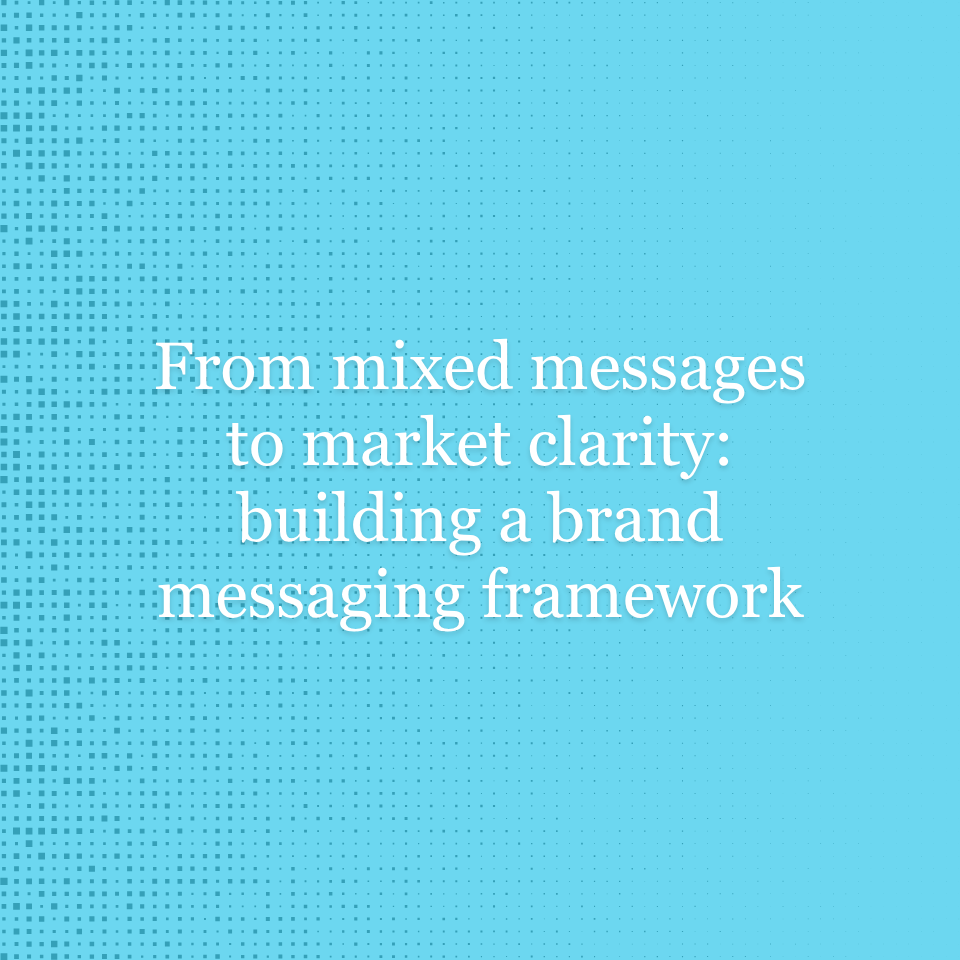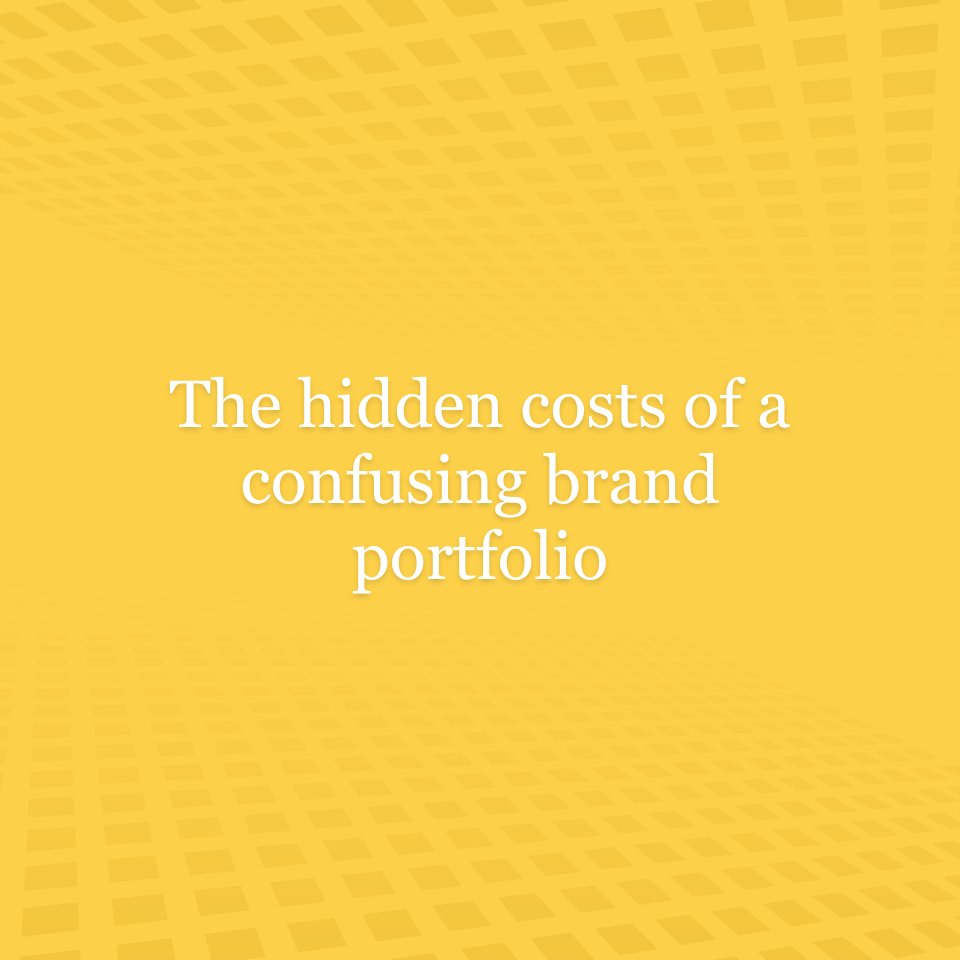Brand strategy = how your brand connects with the market in a way that’s meaningful and motivating.
The best brand strategies hit these four different measures:
- Credible: Is it credible coming from our company?
- Different: Does it express how our brand is different from alternatives?
- Relevant: Is it relevant for customers and in the market or culture?
- Urgent or important: Does it capture our brand in a way that’s urgent or important to customers?
To answer any of these questions you’d first need to know or define what is credible and different about your brand, and what is relevant and urgent or important to your target audiences. So those are the best places to start your discovery.
There are myriad brand strategy frameworks. All of which have their pros and cons.

Whatever framework you use, it must be easy to understand by everyone at your company. That includes people who are not in marketing and have never, ever thought about the difference between a brand value, a brand persona, and a brand essence. In other words, it needs to be simple and its meaning apparent. No legend key or brand taxonomy required.
All brand strategies should answer four simple questions.
- Why do we exist? We call this purpose, but just using the question “why do we exist” works equally well and is understood by just about everyone in business.
- How are we different or better? We call this positioning, but the question works equally as well, again, and is understood by all. Within this question are three essential questions that help inform how that difference gets expressed:
- Who are we for?
- What business are we in?
- Why does what we do matter to our audience?
- Who are we and how do we do things? These are your values and perspectives or beliefs that demonstrate those values and inform how you act, communicate, and make decisions.
- How do we express ourselves? We call this persona, but you can also hear it called voice or character or brand attributes. Whatever it’s called, you need to know the range of tone that is right for your brand to signal and express based on the answers to the other three questions.
When you answer those four questions in a way that’s concise, connected, and clear, and then share it with every employee, every vendor or partner, and have leadership embrace it as their blueprint for every decision, you’ll have a powerful brand strategy.
We’ll break down each of the four questions that all brand strategies should answer in the coming weeks.





